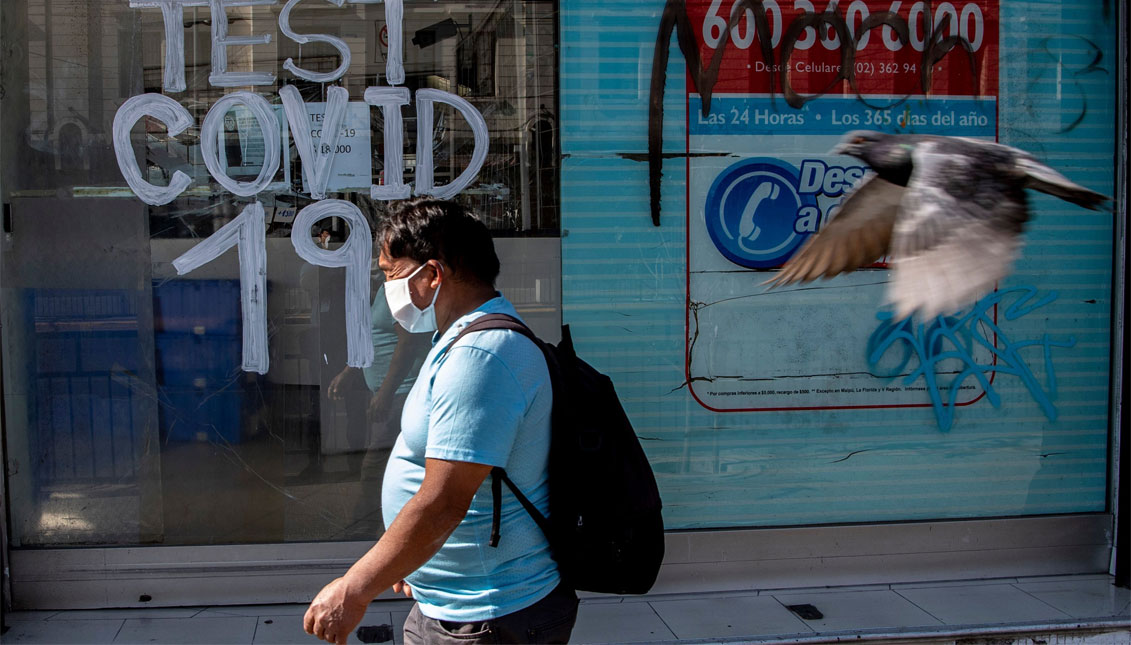
Santiago de Chile in total quarantine: a battle to win the war
"If we don't win the battle of Santiago we may lose the war against the coronavirus," warned Health Minister Jaime Mañalich.
Chile's strategy to address the coronavirus pandemic was different from that of the rest of the continent from the beginning.
Instead of establishing a total quarantine, as Peru and Colombia did, Chile opted for a system of dynamic quarantines, meaning that they established and lifted the quarantine by sector - especially in the capital, Santiago de Chile - depending on the behaviour they observed of the pandemic.
This means that Chile's dynamic quarantine strategy, in order to work, had to be accompanied by intensive testing of the population. In fact, Chile ranks fourth in South America in terms of the number of tests performed, but according to some critics of the measure this has not been enough because to carry out an adequate testing rate for dynamic quarantine, the number of tests would have to be doubled at the same rate at which the virus duplicates, that is, every four days on average.
This would mean that while the country began to think that it had bent the curve and at the end of April began to implement the proposal for immunity cards, it had actually lost sight of the pandemic.

On May 3, authorities broke into a clandestine party in Maipú, one of the communes of Santiago de Chile, where 400 people broke curfew without observing any of the other measures needed to prevent contagion. From then on, the daily number of confirmed cases began to soar.
On 8 May, they registered 1,500 new confirmed cases and five days later, on 13 May, they confirmed more than 2,600 new cases. Then, on 14 May, a total quarantine was decreed for Santiago de Chile starting the next day.
RELATED CONTENT
So far, Chile has confirmed 37,040 cases of COVID-19, 368 deaths, and 15,655 people who have managed to recover.
Although the number of deaths seems surprisingly low for the number of confirmed cases reported, there are indications that the number could be much higher: according to a Request for Transparency made by attorney Jorge Alvarez to the Chilean Civil Registry, the number of deaths from respiratory diseases between March and April 2020 was 4,201.
If this is an under-recording of deaths caused by COVID-19, it would reveal a much more disturbing picture for the country.
Most of the cases registered in Chile are in the capital, so, as Health Minister Jaime Mañalich warned, controlling the virus in Santiago is fundamental to achieve this in the rest of the country: "if we don't win the battle of Santiago we may lose the war against the coronavirus".
Meanwhile, looking at what has happened in other countries, the General Cemetery in Santiago de Chile is digging 2,000 graves in anticipation of the increase in deaths that this second wave of the pandemic may bring.












LEAVE A COMMENT: